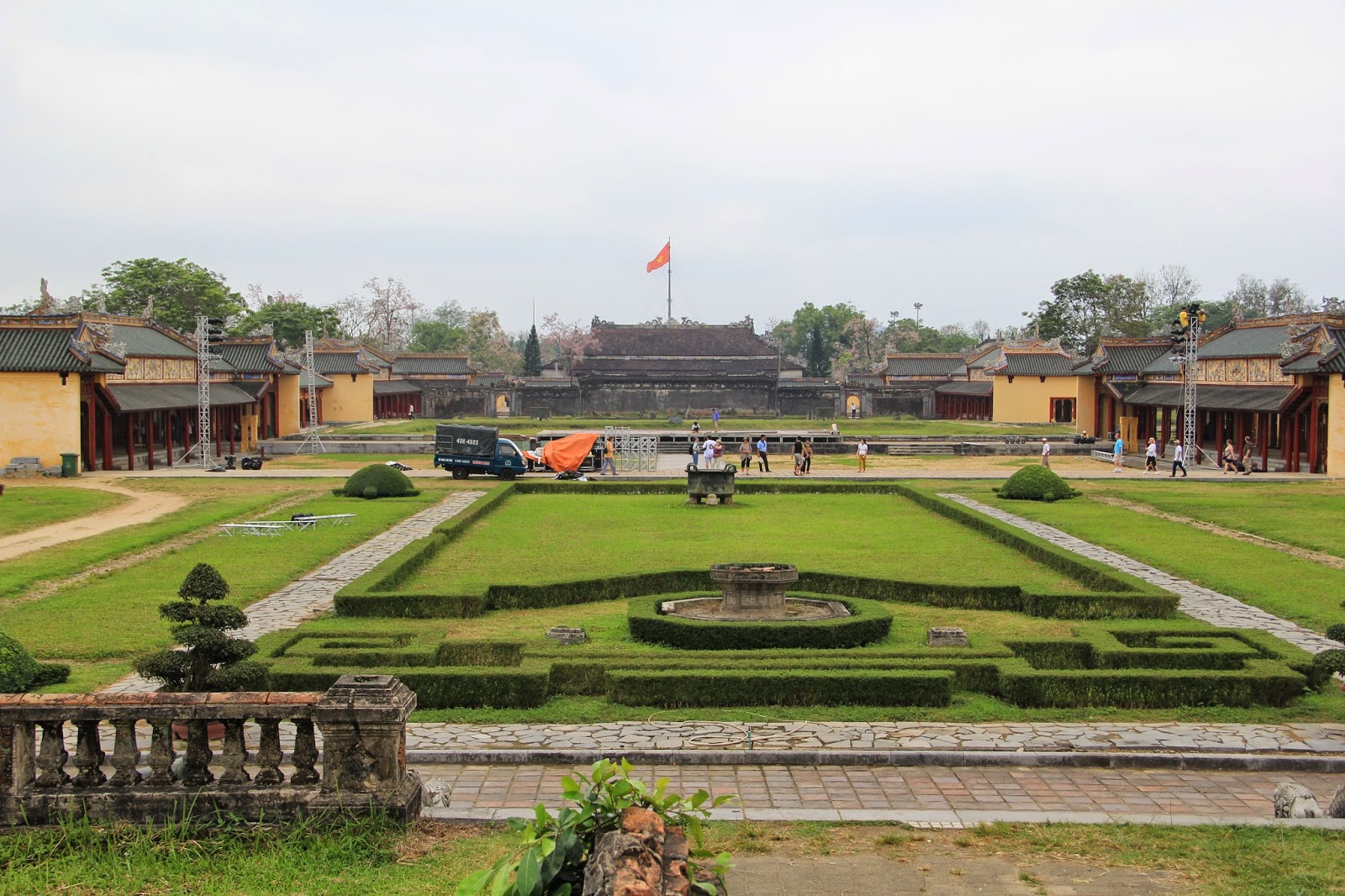Said to be the intellectual, cultural, and spiritual heart of Vietnam, Hue is full of palaces, pagodas, tombs, temples, and a dash of French colonial flair. It was the country’s political capital from 1802-1945 under 13 emperors of Nguyen dynasty and their decadence is largely what makes the area so beautiful. The city is set along the Perfume river and anchored by a massive moated citadel. We explored Hue and found the place as colorful as its name.
In a visit to Hue, the natural place to start is the early 19th-century Citadel. Though it was bombed heavily during The “American War,” this royal complex still has plenty to see. It is a UNESCO site with many facets, including the Forbidden Purple City. This is where the emperor would live his private life, being waited on by concubines and servants (eunuchs only as to not tamper with his ladies or lineage).




























































